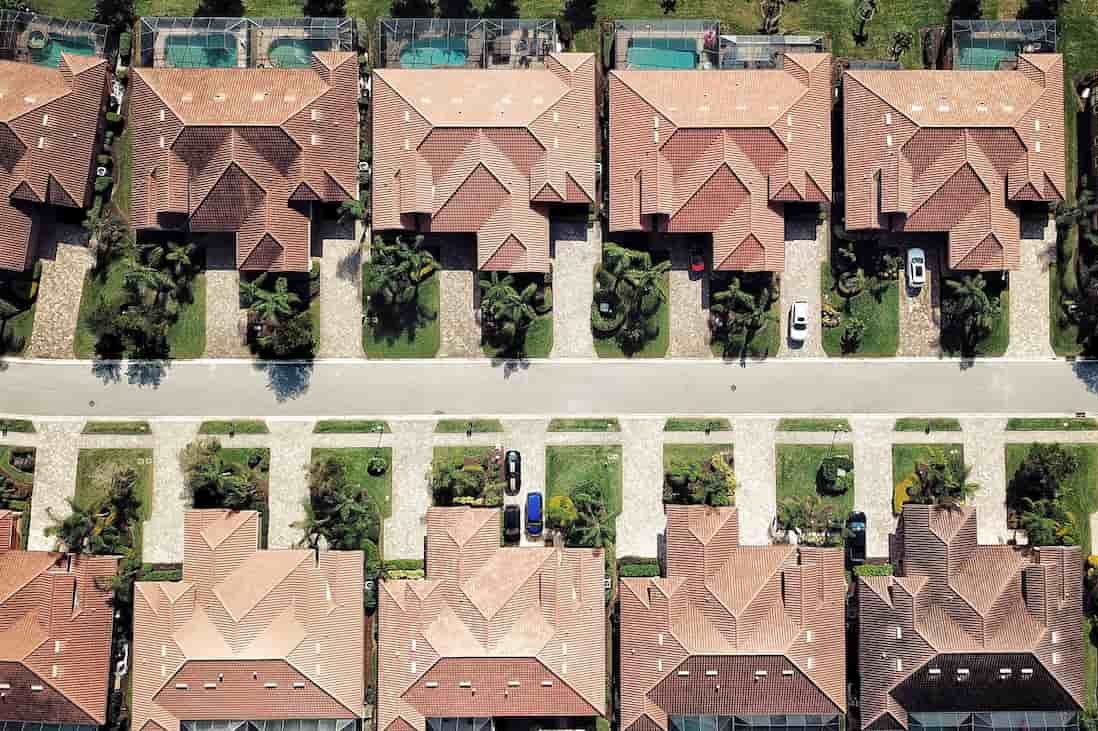A US study published in Urban Climate has found that climate change is eroding the “heat shield” that typically protects wealthy urban neighbourhoods from extreme temperatures.
According to the study, which examined temperatures across all areas of Los Angeles from 1985 to 2021, the advantage in natural cooling enjoyed by affluent suburbs is now only 58 per cent as effective as it was in 1990. In LA, the more affluent neighbourhoods are predominantly white and typically have much greater plant coverage than other parts of the city, where minority groups are more likely to live.
While the temperature gap remains significant, researchers say it could dissipate altogether within a decade.
“If these trends continue, it is likely that by 2030 there will be no income advantage for white residents over minority residents when it comes to cooling from plants,” says Dion Kucera, lead author of the study. “There’s been an increase in equity in the city. But it’s not because poorer areas are improving in greenness or cooling; it’s that richer regions are getting worse.”
Plants under stress
According to the study’s authors, plants are vital for reducing the urban heat island effect, but there’s only so much they can do in the face of rapidly rising temperatures.
“The warming the city has experienced is less than it would have been overall, thanks to plants. But as things get hotter, it is stressing plants’ ability to help,” Kucera says.
Interestingly, evidence shows that plants are actually becoming more effective urban coolers as the climate warms. This is thanks to increases in the efficacy of transpiration, the process by which water evaporates from their leaves.
However, with the rate of warming outpacing the improvement in transpiration, keeping cities cool remains an uphill struggle.
“Transpiration will eventually max out, and though this was not part of what we found in the study, I expect the city will get much hotter much faster then.”
Push for cooling in poorer suburbs
Darrel Jenerette, professor of botany at UC Riverside and co-author of the study, says that despite the increase in heat equity, disadvantaged areas remain at risk as temperatures increase.
“Poorer, minority-dominated neighbourhoods are already in a lot of trouble when it comes to health impacts from extreme heat. Our study shows they have always borne the brunt of warming and still do,” Jenerette says.
The HVAC&R industry has a key role to play in ensuring that homes and workplaces remain liveable, especially in those communities that are most vulnerable to extreme heat.
“Finding ways to ensure things like air conditioning and insulation are available to everyone is absolutely key to reducing the harm that is certain to come from climate change,” Jenerette says.
Lessons to learn
One of the more interesting observations from the study relates to the effects of LA’s long-term drought, not only on the density of plant coverage across the city, but also on the type of plants that are surviving in the harsh conditions.
The study found that there has been a major shift towards drought-resistant plants like cacti and succulents over the past two decades. These plants are great for minimising water use in gardens, but they aren’t very effective at providing a heat shield through shade or transpiration.
Although the study focused only on Los Angeles, its findings are likely to be relevant to cities around the world, including those in Australia.
“We definitely think of the LA area as a model for the effects of climate on vegetation globally. It’s one of the largest, most diverse cities in the world, especially for trees,” Jenerette says. “The climate effects in LA are likely to mirror what is happening in cities throughout the world that are also getting hotter.”
 Nick Johns-Wickberg
Nick Johns-Wickberg


Leave a Reply